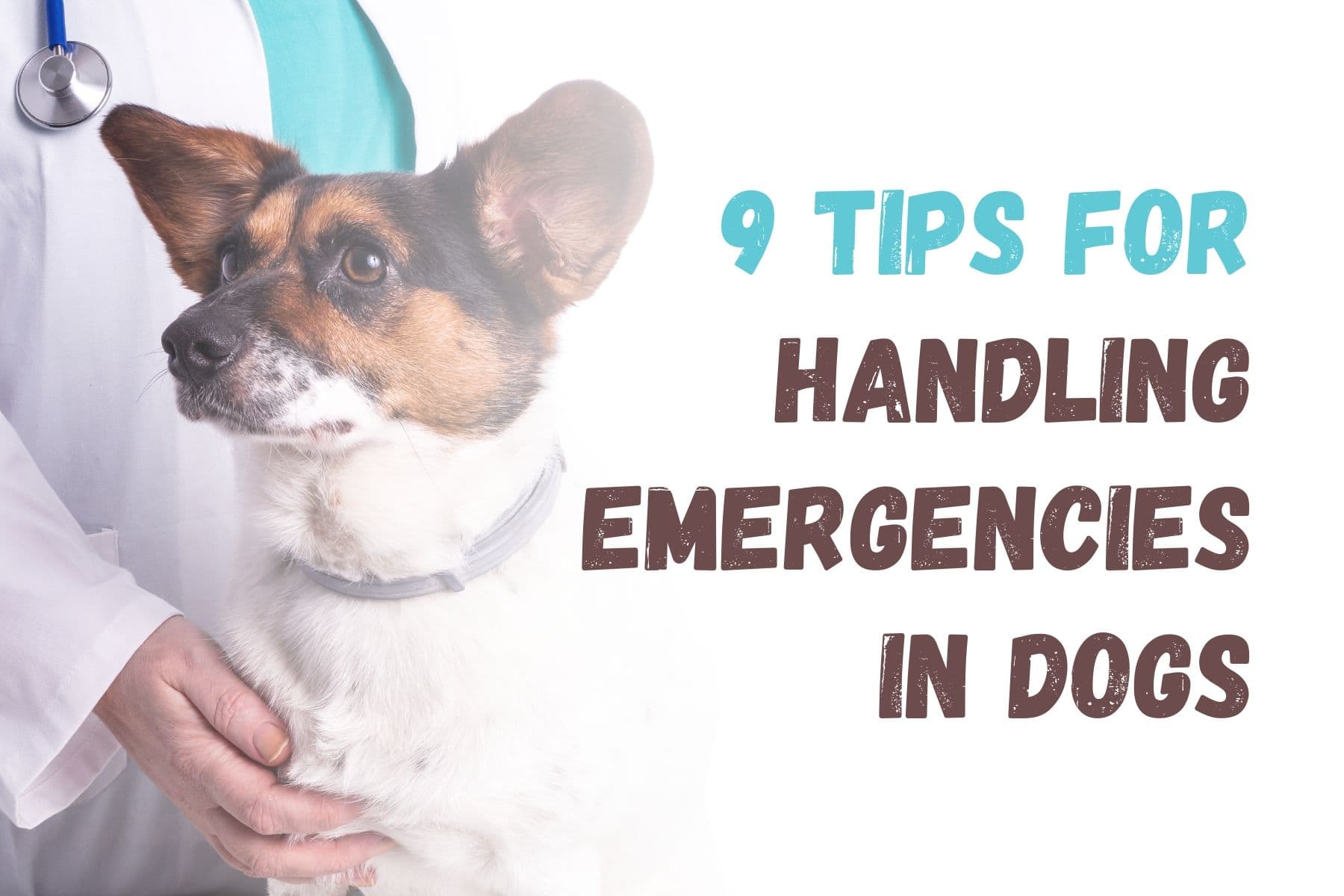How to Handle Dog Emergencies: 9 Essential Tips

Emergencies with our dogs can happen when we least expect them, and I’ve learned over the years that staying calm and being prepared can make all the difference. Whether it’s a minor injury or something more serious, here’s what’s helped me handle dog emergencies with confidence — and how you can, too.
1. Know the Signs Something’s Wrong
Dogs can’t tell us when they’re in pain, but their body language speaks volumes. Some red flags I never ignore include:
- Sudden lethargy or loss of appetite
- Vomiting or diarrhea
- Limping or shaking
- Excessive drooling or panting
- Difficulty breathing
- Aggression that’s out of character
If your dog’s acting off and you’re not sure why, trust your gut and call your vet. It’s always better to be safe than sorry.
2. Stay Calm — Your Dog Feels Your Energy
I’ve been in situations where my dog was injured, and I’ll be honest: it’s hard not to panic. But I’ve learned that staying calm helps both of us. Dogs are super sensitive to our emotions, and if we’re frantic, they get more stressed. Take a deep breath, speak gently, and focus on what needs to be done next — whether that’s calling the vet or applying first aid.
3. Keep a Dog First Aid Kit Ready
This is a game-changer. I keep a basic kit in both the house and car. You don’t need anything fancy, just essentials like:
- Gauze and bandages
- Antiseptic wipes
- Tweezers and scissors
- Gloves
- Any medications your dog regularly takes
Check your kit every few months and replace anything expired or used.
4. Have an Emergency Plan
Know where your nearest 24-hour vet clinic is and how to get there. Keep your vet’s number saved in your phone and posted somewhere visible at home. I even have a list of emergency contacts printed and stuck to my fridge — just in case I’m not the one home.
Make sure everyone in your household, including kids and roommates, knows the plan. Emergencies are stressful enough without scrambling to figure things out on the spot.
5. Be Ready for Seizures
If your dog’s ever had a seizure, you know how scary it can be. My advice from experience:
- Move anything they could hit or hurt themselves on
- Don’t try to restrain them or put anything in their mouth
- Stay close but give them space
- Time the seizure if you can, and call your vet after
They may be disoriented afterward, so keep things quiet and calm while they recover.
6. Learn the Basics of Dog CPR
This one’s really important, and I recommend asking your vet or local shelter if they offer training. But here’s a quick crash course:
- Lay your dog on their side
- Check for breathing and pulse
- If not breathing, start compressions behind the front legs — about 100 to 120 per minute
- Give rescue breaths through the nose every 6–8 seconds
- Keep going until help arrives or your dog starts breathing again
It’s scary, but knowing what to do can be lifesaving.
7. Handle Aggression with Caution
If your dog suddenly gets aggressive, especially out of the blue, it could be pain-related. Don’t try to force interaction — back off and give them space. Then call your vet. I’ve seen calm dogs lash out when they were hurting, and it’s not “bad behavior” — it’s fear or pain.
8. Keep Them Safe in Extreme Weather
In summer, I always make sure my dog has shade, water, and we skip walks during the hottest part of the day. And I’ll say it again: never leave your dog in the car. Even for a minute.
In winter, it’s all about staying dry and warm. I limit outdoor time and check for signs of frostbite — like pale or red paws and ears.
9. Stay on Top of Vaccinations
Vaccines aren’t just about avoiding illness — they help prevent emergencies. A simple shot can protect your pup from some really dangerous diseases like parvo, rabies, and distemper. Keep up with boosters, and talk to your vet about what’s needed based on where you live and your dog’s lifestyle.
When in Doubt, Call the Vet
Even if you’re not 100% sure it’s an emergency, call. Vets would rather you ask than wait too long. While you’re waiting for help, you can apply first aid — like putting pressure on bleeding or checking airways. But remember, that’s just to buy time until your dog can get professional care.
Emergencies are scary, but you don’t have to feel helpless. With a little preparation and a calm mindset, you can be your dog’s hero when it matters most. Stay safe out there — and give your pup a cuddle for me!
